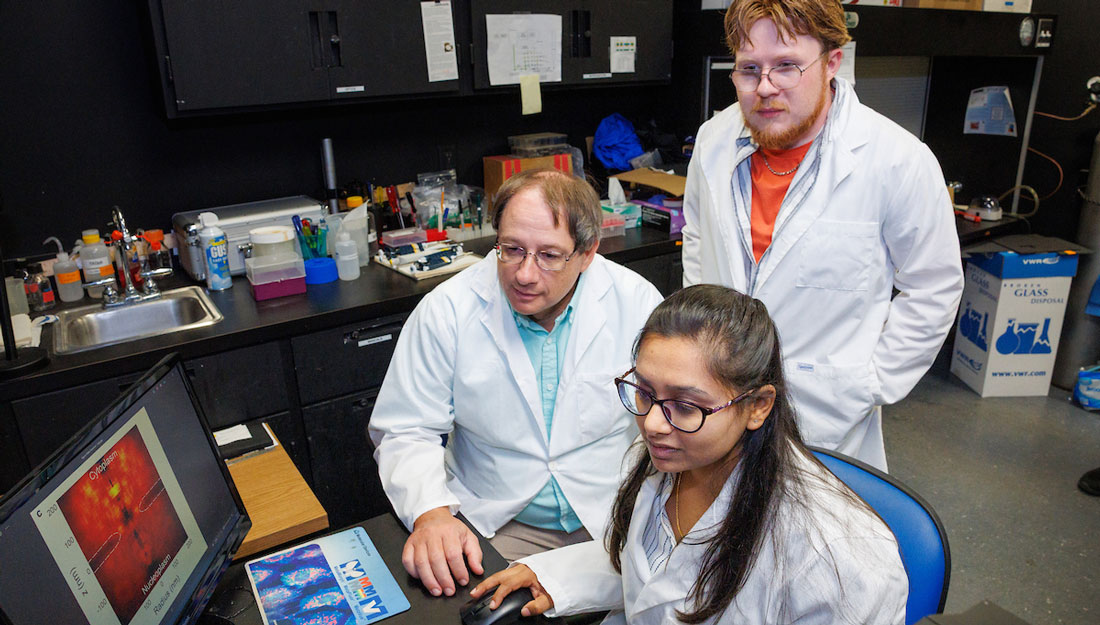- Ann Kellett, PhD
- Public Health, Research, Show on VR homepage
Travel time for health care has increased for both rural and urban Americans
New study of national travel data finds that rural residents now travel farther for medical and dental care

This study of national travel data gives new insight into Americans' access to medical and dental care. (Stock photo)
The travel burden for medical or dental care is a well-documented barrier to health care access in the United States. This burden is especially difficult for the 20 percent of Americans living in rural areas, which often lack sufficient primary and secondary care options and access to public transportation.
Now, for the first time, in a study published in Preventive Medicine Reports, researchers understand how this travel burden varied for racial/ethnic groups and for rural and urban residents across the country from 2001 to 2017, as well as how it changed over that period.
This study focused on a topic that has not been extensively researched: the travel distance and time required to obtain medical and dental care by race and ethnicity and by rural or urban status, as well as how this travel burden has changed during that time. The researchers are Marvellous Akinlotan, Jane Bolin and Alva O. Ferdinand of the Southwest Rural Health Research Center in the Texas A&M University School of Public Health, and two colleagues at other institutions.
“This builds on our previous research and the research of others, which provided national estimates for travel time and distance in 2001 and 2017,” Akinlotan said. “This time, we analyzed the changes over time.”
Using data from the 2001, 2009 and 2017 National Household Travel Surveys, the team found that 33 percent more rural residents traveled 30 minutes or more for medical or dental care in 2017 than in 2001, as did 20 percent more urban residents. In addition, rural residents traveled about three miles farther and spent five more minutes in transit.
In terms of race and ethnicity, the travel time burden remained stable for Hispanic residents, but declined over the study period among Black urban and rural residents as well as urban residents identifying as “other” in the racial category. The travel distance burden also decreased among rural residents in the “other” racial category.
The authors note that the increase in travel time does not necessarily mean that access to health care or the quality of care for rural residents has declined.
“The aging of the rural population, combined with low gas prices and passage of the Affordable Care Act, may be associated with greater use of health care services despite the travel burden,” Akinlotan said. “Similarly, centralization of services and facilities could benefit rural residents, even if this requires traveling farther.”
Still, the authors note that greater time and distance requirements for health care access can have negative consequences. Delaying care or missing appointments can lead to advanced stages of disease, more hospitalizations and poorer health outcomes.
“Reducing the burden of transportation for health care may lead rural residents to obtain more timely care and thus reduce the misuse of emergency medical services. It may also help elderly residents stay independent longer while also benefiting the mental health of these residents,” Akinlotan said.
Media contact: media@tamu.edu


